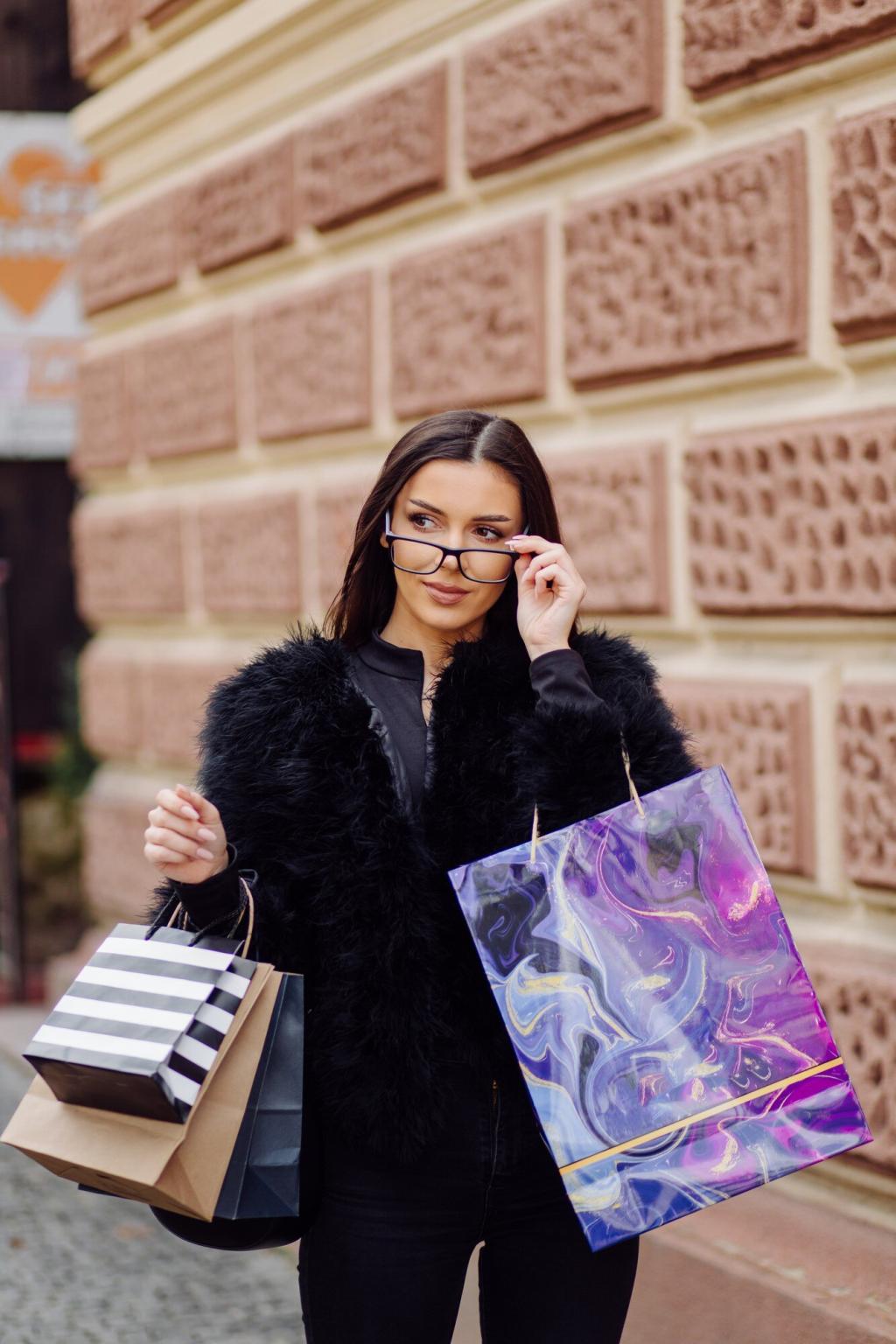
Sustainable Fashion Innovations
Sustainable fashion innovations are reshaping the future of the apparel industry by promoting eco-friendly practices, reducing waste, and encouraging ethical production. As environmental concerns become increasingly critical, fashion brands and consumers are embracing new technologies and creative approaches to make style more sustainable. From the materials used to the manufacturing processes adopted, innovative solutions are transforming how clothing is designed, produced, and consumed. The industry’s ongoing evolution reflects a broader shift towards environmental stewardship and social responsibility. This page delves into the latest breakthroughs, ambitious initiatives, and forward-thinking concepts at the forefront of sustainable fashion.
Eco-Friendly Materials Revolution

Circular Economy Approaches

Design for Disassembly

Clothing Rental Platforms

Take-Back and Upcycling Initiatives
Smart and Responsible Manufacturing
Water and Energy Saving Techniques
Waterless Dyeing Technologies
Renewable Energy Integration
Closed-Loop Water Systems

Designer-Led Upcycled Collections
Community-Based Repair Workshops
Corporate Upcycling Partnerships
Innovations in Biodegradable Fashion

